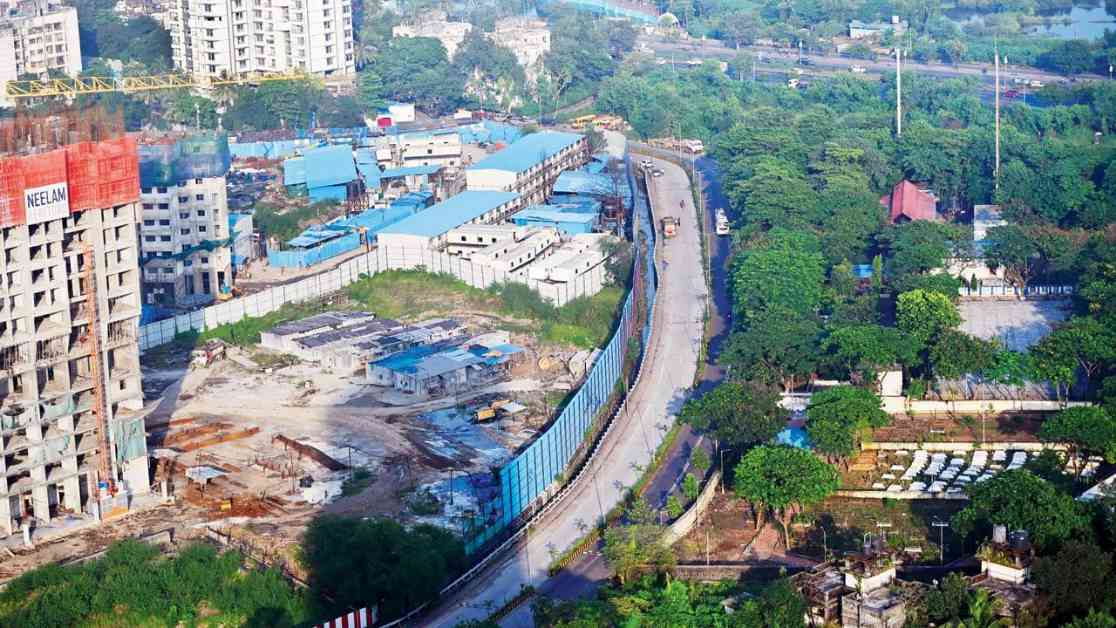Environmentalists Warn of Impending Disaster: Dharavi Redevelopment Threatens Salt Pans
As the Dharavi redevelopment project in Mumbai gains momentum, concerns are mounting over the potential environmental repercussions of encroaching on salt pan lands in the city’s eastern suburbs. Environmentalists, experts, and opponents of the project have raised alarm bells, highlighting the risks of flooding and ecological imbalance that could result from reclaiming these crucial open spaces.
Legal Battle Over Salt Pan Lands
In a recent development, Sagar Devre, a lawyer and concerned Mumbai resident, challenged the transfer of three salt pan land parcels in Kanjurmarg, Bhandup, and Mulund to the Maharashtra government for the Dharavi redevelopment project. Devre’s petition, filed in the Bombay High Court, questions the validity of an Office Memorandum issued by the Department for Promotion of Industry and Internal Trade (DPIIT) in August, which approved the transfer. He argues that the move violates various environmental protection laws and regulations, jeopardizing the delicate coastal ecosystem supported by salt pans.
The Battle for Environmental Preservation
Devre’s concerns stem from the ecological significance of salt pan lands, which serve as vital components of the coastal ecosystem, supporting mangroves, wetlands, and estuaries. These areas play a crucial role in maintaining the ecological balance while also providing livelihoods for salt harvesters. With their natural ability to absorb rainwater and prevent flooding, salt pans act as essential buffers against environmental disasters. However, plans to develop these lands for residential and commercial purposes could have far-reaching consequences, disrupting the city’s drainage systems and exacerbating flooding risks.
Expert Insights on the Issue
Urban planner Pankaj Joshi emphasizes the importance of salt pans as natural holding ponds that safeguard Mumbai from flooding during monsoon seasons. Similarly, B N Kumar of the NatConnect Foundation underscores the critical role of salt pans as urban sponges, absorbing excess water and preventing inundation. Both experts caution against the haphazard development of these lands, citing past instances of environmental degradation and flooding in Mumbai and other cities.
Looking Ahead
With environmentalists and experts sounding the alarm, it is crucial for policymakers and developers to consider the long-term implications of encroaching on salt pan lands for urban development. The potential risks of flooding, ecological disruption, and loss of biodiversity underscore the need for sustainable and environmentally conscious planning practices. As Mumbai grapples with the challenges of rapid urbanization, preserving its natural assets like salt pans becomes imperative for ensuring the city’s resilience in the face of climate change and environmental threats.
Let’s all take a moment to reflect on the delicate balance between development and environmental preservation, recognizing the interconnectedness of our actions with the well-being of the planet and future generations. By making informed and sustainable choices today, we can pave the way for a more resilient and harmonious tomorrow.




















